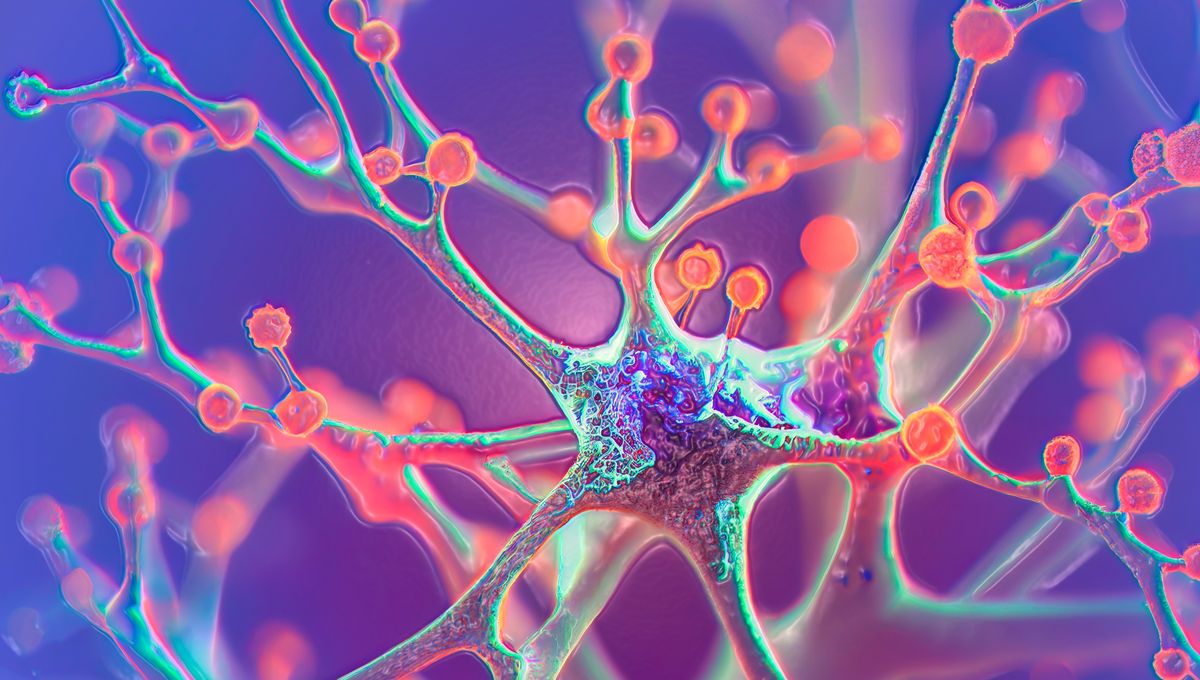
A network of brain connections linked to a number of different psychiatric disorders has been discovered in a new study. The authors believe that the findings could help explain why so many patients being treated for one psychiatric illness also meet the criteria for another.
In the past, technology has not allowed scientists to easily pinpoint specific locations in the brain that may be associated with psychiatric disorders, such as anxiety and depression – but now, all that has changed.
“We now have tools to explore the ‘where’ question for psychiatry disorders,” said first author Dr Joseph J. Taylor, of Brigham and Women’s Hospital’s Center For Brain Circuit Therapeutics, in a statement. “In this study, we examined whether psychiatric disorders share a common brain network.”
The study began with a dataset collated from 193 previous studies, containing individual data on brain structure from over 15,000 people. Among these were healthy controls, as well as patients diagnosed with six different psychiatric illnesses: schizophrenia, bipolar disorder, depression, addiction, obsessive-compulsive disorder, and anxiety.
In a third of these studies, the team found decreases – or atrophy – in the gray matter of two brain regions: the anterior cingulate and the insula. These regions are known to be associated with psychiatric illness, but they can also be affected by neurodegenerative disease, and the patterns of atrophy that were identified were not consistent across all the psychiatric illnesses being studied. There was also the matter of the remaining two-thirds of the studies that did not show changes in these specific brain regions.
To investigate further, the researchers turned to a comparatively new technique. They used a connectome, essentially a wiring diagram of the human brain, to see whether there might be some brain circuitry in common across all these disorders, even where atrophy in particular regions of the brain may differ.
This is exactly what they found. The network that the researchers uncovered showed gray matter decreases in up to 85 percent of studies – importantly, it was only associated with psychiatric disorders, not neurodegeneration.
Further analysis using brain imaging data from 194 veterans, comparing those who had experienced a penetrating head injury with those who had not, found that damage to the network as a result of injury was correlated with a higher risk of developing multiple psychiatric disorders.
For the team, their most surprising finding was that, contrary to widespread belief, gray matter atrophy in the anterior cingulate and insula may not actually cause psychiatric illness after all.
“We found that lesions to those regions were correlated with less psychiatric illness, not more, so atrophy in that cingulate and insula may be a consequence or a compensation for psychiatric illness rather than a cause of it,” continued Dr Taylor.
The identification of a network that could underlie a number of different conditions has important implications for treatment. As the authors write in their paper, “up to half of patients who meet criteria for one psychiatric disorder also meet criteria for another. These patients are difficult to diagnose and treat.”
Treatments that aim to directly target parts of the brain to relieve psychiatric symptoms, such as transcranial magnetic stimulation (TMS), typically only focus on one disorder at a time. Research like this could allow scientists to identify new targets, with the prospect of treating multiple illnesses at once. We may not quite be at that stage yet, but Dr Taylor expressed hope for the future.
“Psychiatric disorders are brain disorders, and now we’re just beginning to have the tools to study and modulate their underlying circuitry. There may be more in common across these disorders than we originally thought.”
The study is published in Nature Human Behaviour.
Source Link: A Newfound Brain Network Could Be A Missing Link Between Psychiatric Illnesses